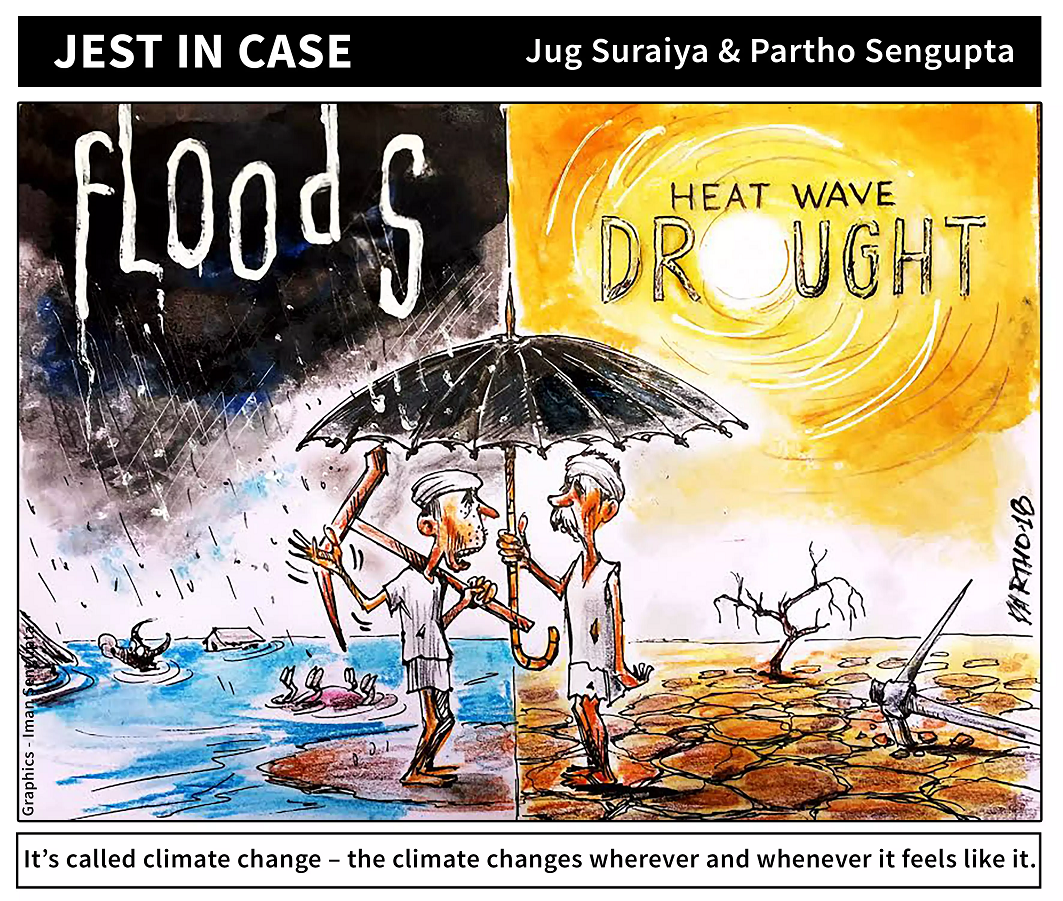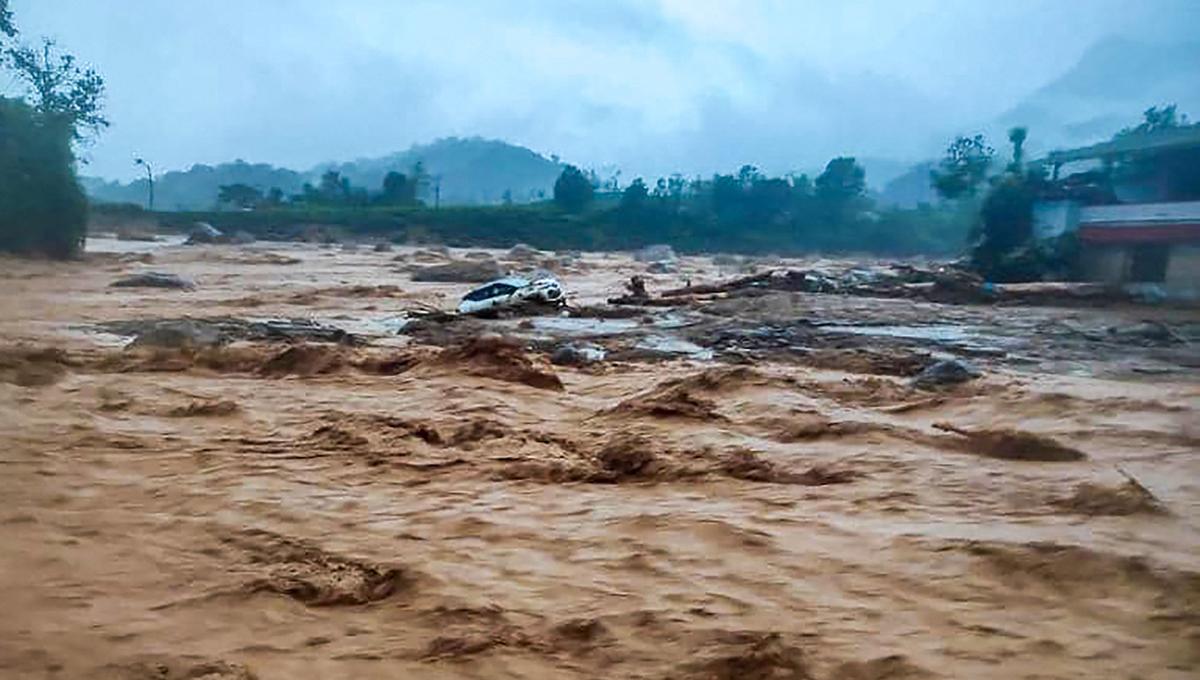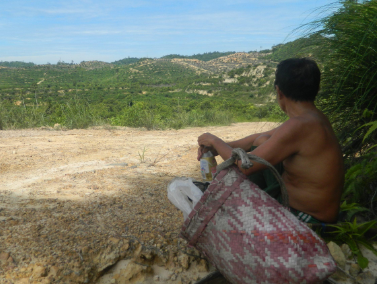
A recent study by IPE Global and Esri India paints a gloomy picture of India's climate vulnerability, finding that about 85% of the country's districts are prone to extreme weather occurrences. The data shows a major shift in climate patterns, with roughly 45% of districts experiencing a

Prime Minister Narendra Modi highlighted India's progress in solar energy at the first International Solar Festival in New Delhi, noting a capacity of 14.9 GW and a 32-fold increase over the past decade. The event emphasized global cooperation in solar energy, aligning with Sustainable Development Goals and setting the stage for COP29 in Baku.

Econscious and Ecokaari have united in their mission to benefit the climate by transforming plastic waste into functional and eco-friendly products. Their innovative approach represents a significant step toward environmental sustainability. By repurposing plastic waste, both companies are making a notable impact through their commitment to creating practical and environmentally responsible products. Their efforts to turn waste into valuable resources are truly commendable and demonstrate a proactive approach to addressing environmental challenges.

Sanitation workers in Jhabua, Madhya Pradesh, have transformed waste into stunning art, including helicopters and benches, revitalizing the park and setting a new standard for sustainability and creativity.

A World Weather Attribution study found that climate change increased the intensity of the heavy rainfall causing the Wayanad landslides in Kerala by 10.8%, with future warming likely to further intensify such events. The study underscores the need for improved early warning systems, better preparedness, and measures to mitigate deforestation and land use changes to reduce landslide risks.

India is rapidly expanding its renewable energy sector with a focus on solar, wind, and green hydrogen, aiming for net-zero emissions by 2070. Recent developments include plans to boost electrolyser manufacturing to 100 GW by 2030, underscoring India's commitment to leading in global green hydrogen production despite current project uncertainties.

Union Minister Ashwini Vaishnaw announced a new railway line project expected to create one crore man-days of employment and significantly reduce carbon emissions. Eight additional projects, costing Rs24,657 crore, will expand the rail network by 900 kilometers, boosting connectivity and supporting India’s climate goals.

The 2024 UN Climate Change Conference (UNFCCC COP 29) will take place in November 2024 in Baku, Azerbaijan. This pivotal event will encompass the 29th session of the Conference of the Parties (COP 29), the 19th meeting of the COP as the Meeting of the Parties to the Kyoto Protocol (CMP 19), and the sixth meeting of the COP as the Meeting of the Parties to the Paris Agreement (CMA 6). Key discussions will focus on finalizing the first enhanced transparency framework and establishing a new collective quantified goal on finance. Additionally, the 61st sessions of the Subsidiary Body for Scientific and Technological Advice (SBSTA 61) and the Subsidiary Body for Implementation (SBI 61) will also convene.

Chief Justice of India D.Y. Chandrachud recently highlighted the heightened risks faced by marginalized and disadvantaged groups due to climate change. He pointed out that women, children, disabled individuals, and indigenous people are particularly vulnerable to climate-related challenges such as displacement, health inequities, and food scarcity. These groups often lack the resources to invest in protective infrastructure, making them more susceptible to climate disasters.

In a remarkable environmental achievement, Madhya Pradesh has set a new Guinness World Record by planting over 1.1 million saplings in a single day. This historic feat was accomplished as part of the "Ek Ped Maa Ke Naam" campaign, which aims to plant around 140 crore trees across India. The event saw the active participation of Union Home Minister Amit Shah and Chief Minister Mohan Yadav, who contributed to the plantation efforts at the BSF Academy's Revati Range in Indore.